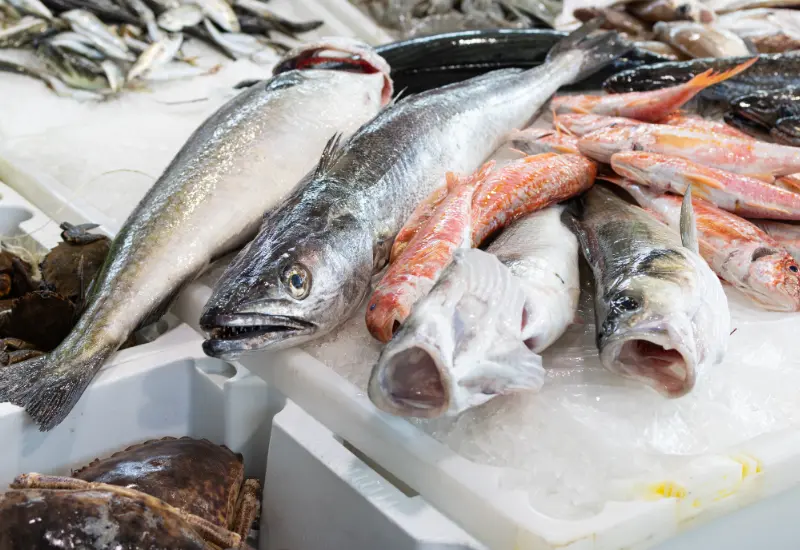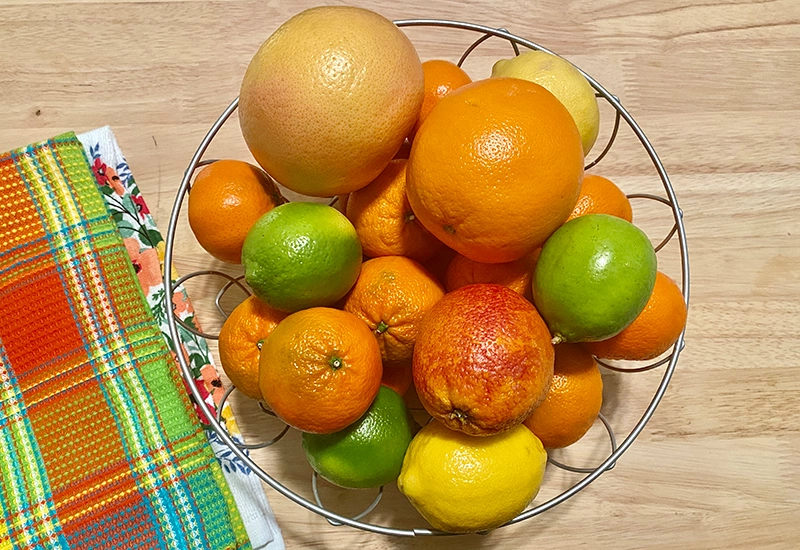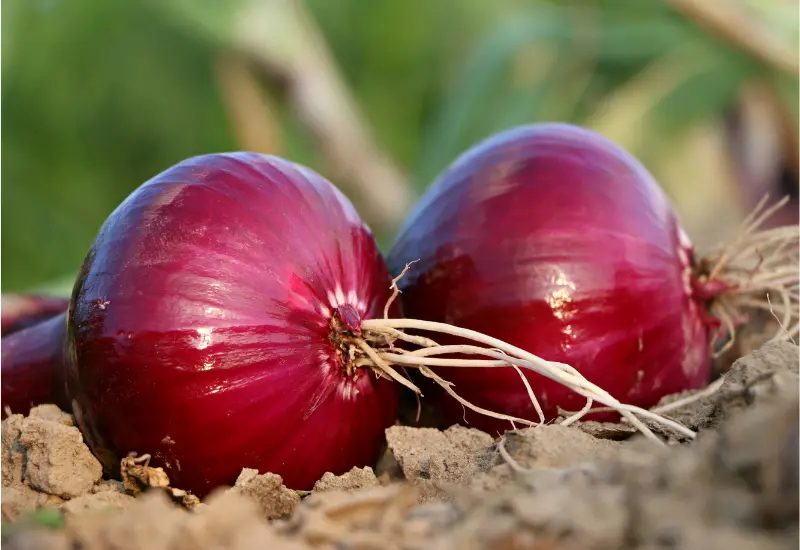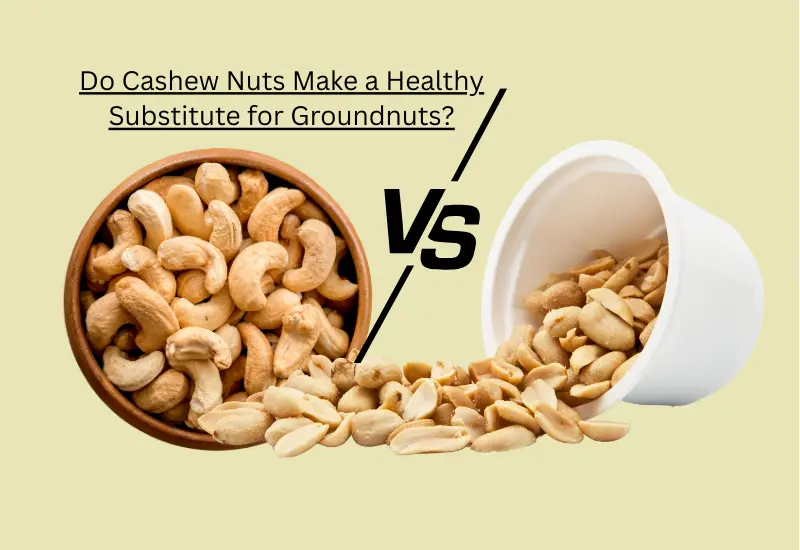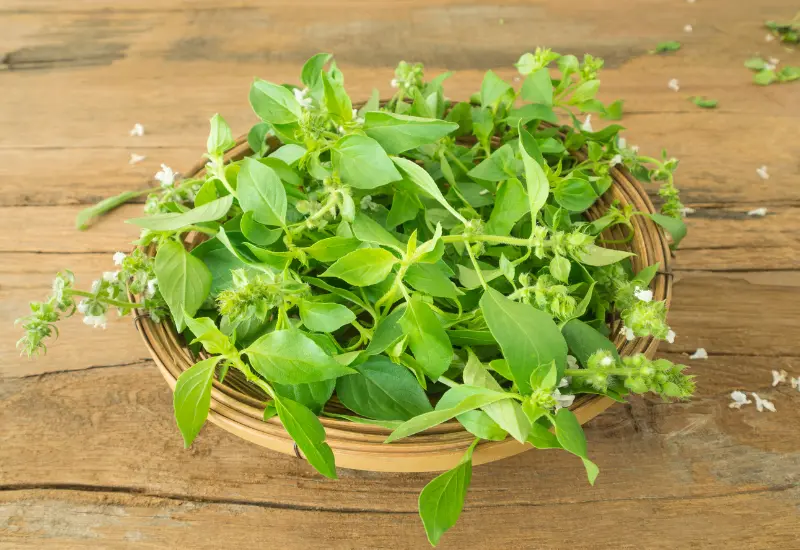Mango Season in Nigeria: What You Should Know About This Seasonal Delight
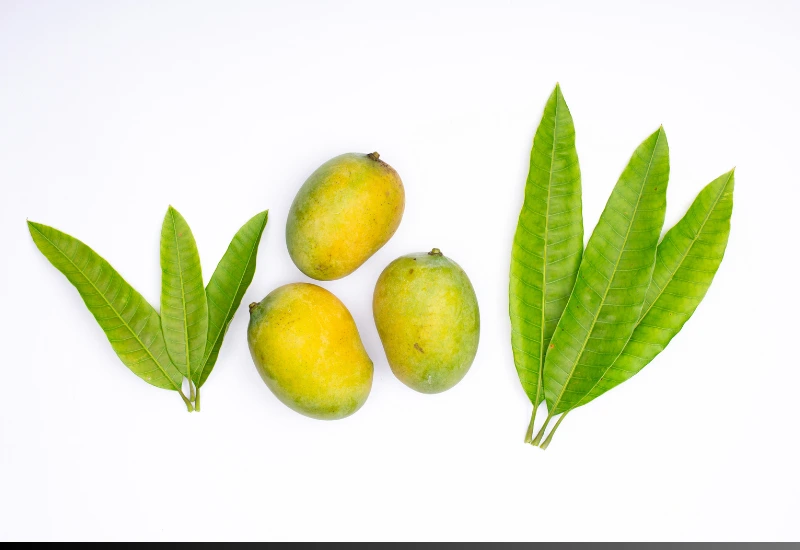
Mangoes are one of the most anticipated seasonal fruits in Nigeria, and their arrival is marked by the first rains of the year. As soon as the rain hits cities across the country, fresh mangoes begin to appear in markets, roadside stalls, and online grocery platforms like MUVeet—much to the delight of fruit lovers nationwide.
The mango farming process typically begins during the dry season, around the end of Harmattan, when the weather is dry and less humid—ideal conditions for flowering and pollination. Mango trees start blooming around April, although timing can vary depending on the variety and location. It usually takes 3–4 months for the fruit to mature fully.
To ensure quality and reduce spoilage during transport, mangoes are harvested while still firm. This is a key part of the mango farming process, especially important given the rough terrain of many rural roads. If left too long on the trees, the fruits may overripen, swell, or burst, making them unsuitable for sale.
Once harvested, mangoes are carefully sorted, washed, and, in some cases, treated with warm water or mild fungicides to extend freshness. They’re then packed into crates or baskets lined with soft cushioning materials like paper or leaves to prevent bruising. After the harvest, the mango plantation enters a rest phase to regenerate nutrients for the next fruiting cycle.
Whether enjoyed fresh or added to meals and smoothies, mangoes remain a staple among seasonal fruits in Nigeria, offering not just taste but also nutritional value and cultural significance.
In this in-depth article, we explore 5 surprising truths about eating mangoes—truths that go beyond the fruit’s popularity and nutritional stats. Whether you’re a casual mango lover or a devoted fan, this post will give you a new perspective on why mangoes are more than just a seasonal treat, but before that, let’s talk about:
Popular Mango Varieties Found Across Nigeria
1. Ogbomosho Mango
Often referred to as the “king” of Nigerian mangoes, the Ogbomosho mango is widely grown in Oyo State and surrounding regions. It’s medium to large in size, with a smooth yellow skin and an intensely sweet flavor. It has minimal fiber and a soft, juicy pulp, making it a favorite for fresh consumption.
2. German Mango
Also known locally as “Julie” or “German Mango,” this variety is fibreless and has a flat, oval shape. It’s highly aromatic, very sweet, and has a creamy, smooth texture. The German mango is ideal for juicing, smoothies, and desserts.
3. Sherri Mango
The Sherri mango is another popular variety commonly found in Northern Nigeria. It is larger in size and has fibrous yellow-orange flesh. While not as sweet as the Ogbomosho, it is prized for its long shelf life and durability during transport, making it ideal for commercial sale.
4. Peter Mango
Peter mango is a moderately fibrous variety known for its rich flavor and firm flesh. It typically appears green with tinges of red or yellow when ripe. It is widely sold in urban markets and is loved for its consistent sweetness and versatility in recipes.
5. Sokoto Mango
Sokoto mangoes grown predominantly in the northern states like Sokoto and Kebbi, this variety is recognized for its small to medium size and bright yellow color. It’s less fibrous and has a distinct aroma, making it a top choice during its short harvest window.
6. Kerosine Mango
Kerosene mangoes get their distinctive name from their strong, kerosene-like aroma, which becomes more pronounced as the fruit ripens. This sharp scent makes them easy to identify in local markets, even before tasting. Medium in size, these mangoes transition from green to yellow as they mature and are known for their firm, fibrous texture and bold, tangy-sweet flavor profile.
While many enjoy them fresh, others prefer to blend them into juices or incorporate them into spicy sauces, where the intense flavor balances out beautifully. Often dubbed the “mango for adults,” Kerosene mangoes are especially popular among those who appreciate a fruit with more character and depth.
Nigeria is also home to several other varieties, such as Palaba, Jekanyo, Opioro, and Benue mangoes. Regardless of the type, adding mangoes to your diet offers a delicious way to support your health and maintain a year-round glow.
Advantages of Eating Mangoes for Your Nutrition
Mangoes are not just a tropical treat—they’re packed with essential vitamins, antioxidants, and fiber that support overall wellness. If you’re curious about the deeper health impact of this fruit, check out the top 5 health advantages of mangoes for a detailed breakdown.
1. Mangoes Are Good for Digestion—But Only When Ripe
Most people associate mangoes with their rich sweetness and forget about their impact on gut health. Interestingly, mangoes contain both soluble and insoluble fiber, which play a role in regulating digestion. Soluble fiber helps absorb water in the gut and slows digestion, while insoluble fiber adds bulk to your stool, aiding bowel movements.
What makes this truth surprising is that only ripe mangoes offer these benefits in full. Unripe mangoes contain higher levels of starch and lower fiber bioavailability. In some cases, eating too many unripe mangoes can lead to stomach discomfort or even indigestion.
Pro Tip:
When choosing mangoes for digestive health, opt for fruits that are fragrant, slightly soft to the touch, and vibrant in color.
2. Mangoes Contain More Vitamin C Than Oranges
This might come as a shock to citrus lovers. While oranges are often the go-to for boosting immunity, a single mango can contain up to 76% of your daily recommended intake of Vitamin C—sometimes more than a comparable serving of oranges.
Vitamin C supports immune function and skin health and helps the body absorb iron. So if you’re looking to bolster your defenses naturally, mangoes should definitely be on your grocery list.
Mango Nutrition Facts (per 1 cup / 165 g):
- Vitamin C: ~60mg
- Vitamin A: 25% DV
- Folate: 18% DV
- Fiber: 3 g
- Calories: ~99
3. Mangoes Can Be a Skin Superfood
You’ve probably seen mango-scented lotions or skincare products, but the real magic lies in eating mangoes regularly. Mangoes are packed with antioxidants such as beta-carotene, polyphenols, and vitamin E, all of which help combat oxidative stress and protect the skin from aging.
Moreover, the high vitamin A content in mangoes supports skin cell regeneration and may help reduce acne and dryness. Vitamin C also plays a role in collagen production, giving your skin elasticity and firmness.
DIY Mango Skin-Boosting Smoothie:
- 1 ripe mango
- 1/2 banana
- Handful of spinach
- 1/2 cup Greek yogurt
- 1 tsp chia seeds
- 1 cup almond milk
Blend and enjoy a glow from the inside out.
4. Mangoes May Help Regulate Blood Sugar (In Moderation)
Despite their natural sweetness, mangoes have a moderate glycemic index (GI of around 51–60), meaning they cause a slower rise in blood glucose compared to high-GI foods. Some studies suggest that moderate mango consumption may even help reduce insulin resistance, particularly in overweight adults.
But moderation is key. Eating large quantities of mango—especially in the form of juices or desserts—can spike blood sugar levels. Whole fruit is always better, thanks to its fiber content, which slows absorption.
How to Eat Mangoes for Stable Blood Sugar:
- Pair mango with protein (e.g., yogurt or nuts)
- Stick to 1/2 cup to 1 cup per serving
- Avoid sugary mango drinks or processed snacks
5. Mangoes Have Deep Cultural and Historical Significance
Beyond their health benefits, mangoes hold immense cultural, spiritual, and economic importance. In India, mangoes are a symbol of love and prosperity. They’re mentioned in ancient scriptures and are even considered sacred in certain traditions. During festivals like Holi and Diwali, mangoes are used in rituals and celebrations.
In the Caribbean and Africa, mangoes are used in everything from sauces to street snacks, often representing a connection to land, heritage, and seasonal abundance.
Mangoes are also economically vital. Countries like India, Mexico, Thailand, and the Philippines depend heavily on mango exports. The fruit plays a key role in supporting local agriculture, trade, and food sustainability.
Mangoes in Your Everyday Life: More Than a Snack
Now that you know these 5 surprising truths about mangoes, it’s time to reimagine how you enjoy them. Beyond slicing and eating, mangoes can be:
- Blended into smoothies and shakes
- Diced into salsas for savory dishes
- Baked into muffins or cakes
- Dried as a chewy snack
- Pickled in spicy brines (popular in Asia)
By incorporating mangoes creatively, you get to enjoy not only their taste but also their numerous nutritional and cultural benefits.
Final Thoughts
Mangoes are more than just a summer favorite. They’re nutrient-dense, versatile, and steeped in history. From helping digestion and skin health to providing surprising immunity boosts, mangoes truly live up to their reputation as the king of fruits.
Whether you’re trying to eat healthier, explore tropical recipes, or simply indulge mindfully, mangoes are a delicious and rewarding choice.
So next time you reach for a mango, remember—you’re not just enjoying a fruit; you’re embracing centuries of tradition, wellness, and flavor in one bite.

